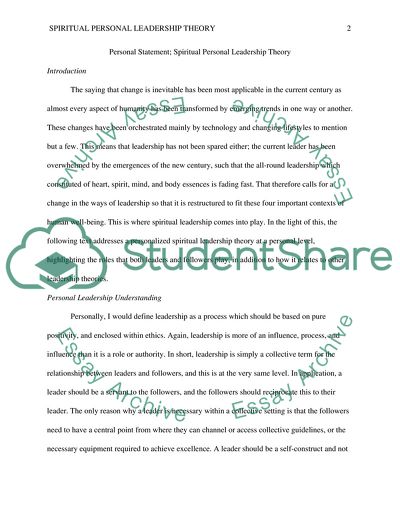Cite this document
(Spiritual Personal Leadership Theory Statement Example | Topics and Well Written Essays - 3000 words, n.d.)
Spiritual Personal Leadership Theory Statement Example | Topics and Well Written Essays - 3000 words. https://studentshare.org/religion-and-theology/1836311-develop-a-spiritual-personal-leadership-theory
Spiritual Personal Leadership Theory Statement Example | Topics and Well Written Essays - 3000 words. https://studentshare.org/religion-and-theology/1836311-develop-a-spiritual-personal-leadership-theory
(Spiritual Personal Leadership Theory Statement Example | Topics and Well Written Essays - 3000 Words)
Spiritual Personal Leadership Theory Statement Example | Topics and Well Written Essays - 3000 Words. https://studentshare.org/religion-and-theology/1836311-develop-a-spiritual-personal-leadership-theory.
Spiritual Personal Leadership Theory Statement Example | Topics and Well Written Essays - 3000 Words. https://studentshare.org/religion-and-theology/1836311-develop-a-spiritual-personal-leadership-theory.
“Spiritual Personal Leadership Theory Statement Example | Topics and Well Written Essays - 3000 Words”. https://studentshare.org/religion-and-theology/1836311-develop-a-spiritual-personal-leadership-theory.


